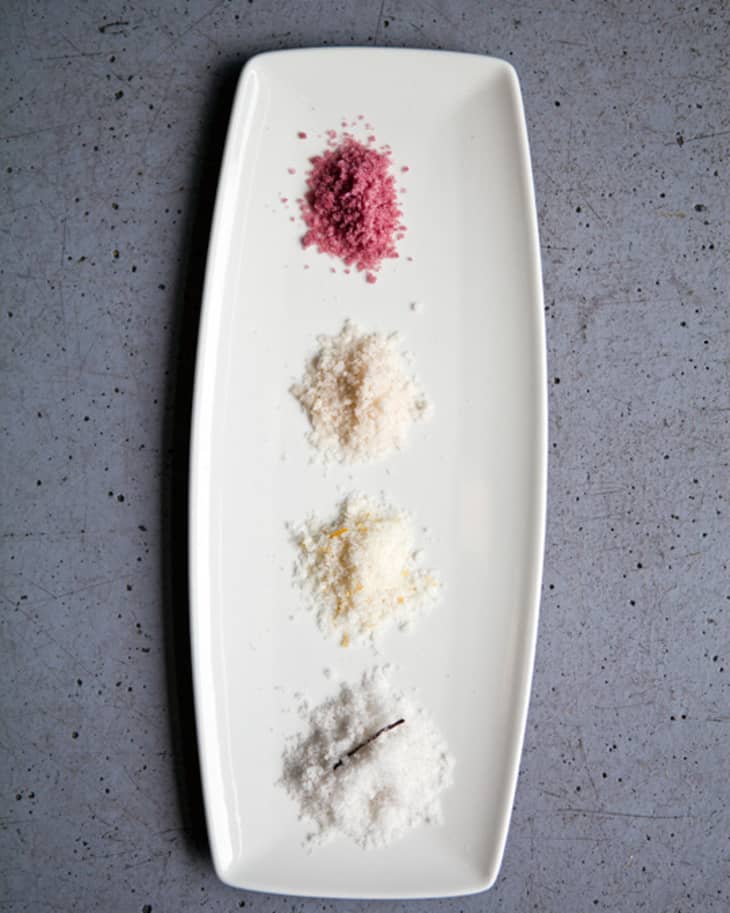What’s the Difference Between Salt & Sodium?

Finding, making, and eating great low-sodium meals requires a little education and some preparation up front. But once you know your low-so stuff, every part of keeping this diet (from shopping to cooking), becomes routine. And that’s a good thing.
First we talked through six first steps and encouragements for the beginning of your low-so journey. Now we’re going to get into the nitty-gritty. Today’s lesson: let’s learn the difference between salt and sodium.
Salt Versus Sodium
To begin, let’s start with the basics. Although people tend to use these two terms interchangeably, salt and sodium refer to two different things.
Sodium is the sixth most abundant element on earth and found naturally in the earth and environment, always bound up in minerals and rocks.
Sodium is most commonly eaten as a component of table salt, which is only partly sodium. Table salt contains 40% sodium and 60% chloride.
And while we generally think of the salt shaker as the only source of sodium, sodium also exists in most whole foods, from cantaloupe to eggs. It also hides out in a lot of unlikely places, like sandwich bread, milk, and even medication.
How Much Sodium Should We Be Eating?
According to the latest dietary guidelines, it is recommended that the majority of Americans should consume less than 1,500mg of sodium a day. Or a little over 1/2 teaspoon of table salt. Yup. And let’s just say, most people (nine out of ten Americans according to the American Heart Association) eat at least double than that. Sometimes by lunch.
But most of this over-sodium consumption does not come from the salt shaker at home; processed, prepared foods, and restaurant meals are actually responsible for 75% of the sodium we eat.
Which is why the best and easiest place to start lowering that sodium is by ditching all the canned foods and frozen dinners, and to start cooking with fresh ingredients.
How much sodium are you supposed to eat? Do you have a lower limit than the normal daily recommended amount?
Up Next in Sodium Savvy
And follow along — next we’ll talk about reading labels. We’ll follow that up with more practical ways to replace sodium with even more flavorful things in your cooking.